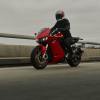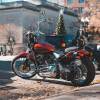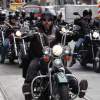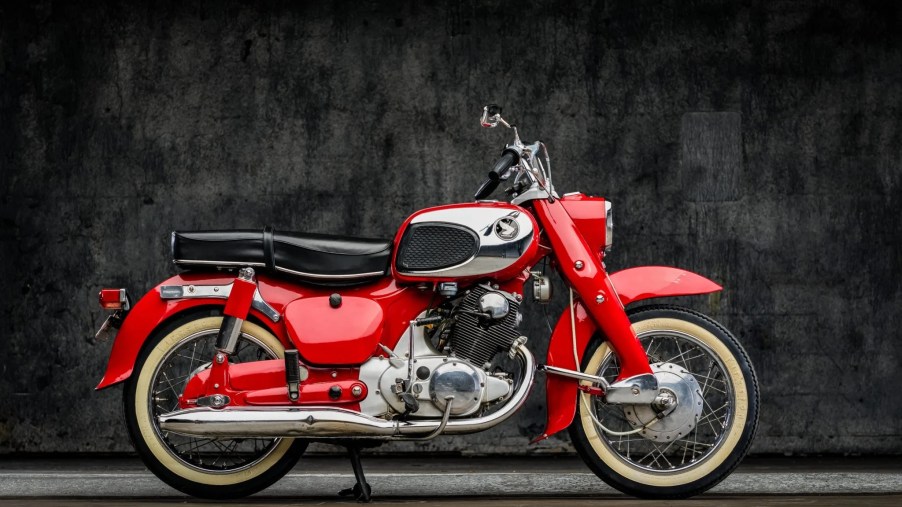
Honda’s First ‘Big’ US Bike Wasn’t Super, but It Was a Dream
While the original 1950s Super Cub was a humble motorcycle, it set the stage for Honda around the world. And in many ways, it helped change US consumers’ perspectives on motorcycles. But Honda didn’t jump straight from the Cub to bikes like the CB750 and the CBX. In addition to models like the CB360, Honda had the Dream.
‘Dream’ is a historic name for Honda motorcycles
While the Honda Dream we’ll be covering here dates from the 1960s, the nameplate actually pre-dates the Cub.
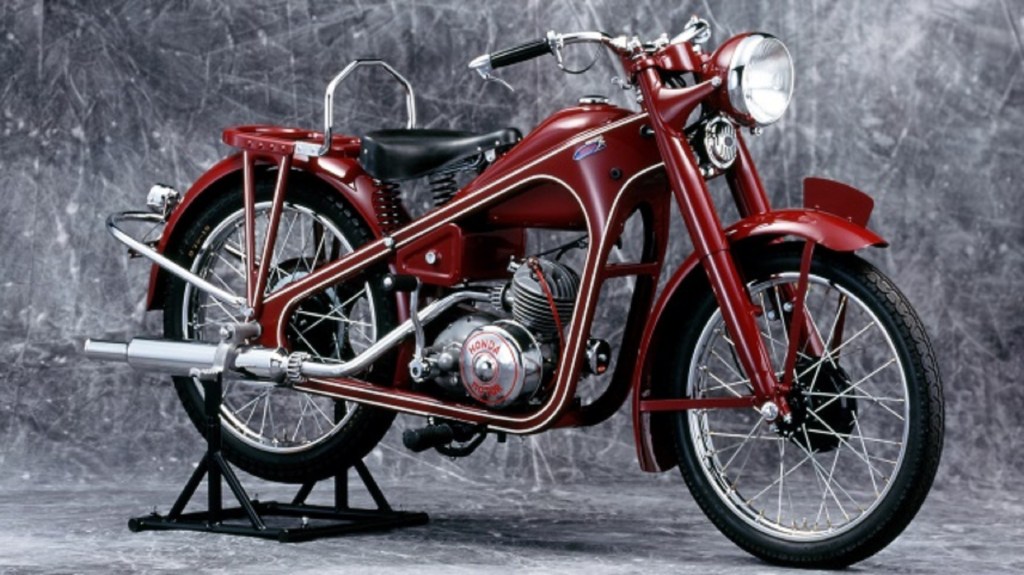
The original 1949 Honda Dream D-Type was the Japanese company’s first mass-produced motorcycle, Cycle World reports. Up until then, Honda’s bikes, like Ducati’s early models, were basically just bicycles with internal-combustion engines. But the D-Type was a genuine motorcycle, with a 3-hp 98cc air-cooled two-stroke single-cylinder engine, Automotive Map reports. And it was the first Japanese motorcycle with a semi-automatic clutch, YoungMachine reports—something Super Cub fans should be familiar with.
In 1951, Honda introduced the D-Type’s successor: the Dream E-Type, aka ‘Model E’ or ‘Dream ME.’ This was the first four-stroke Honda motorcycle, and had a pressed-steel frame influenced by contemporary European bikes, RustMag reports.
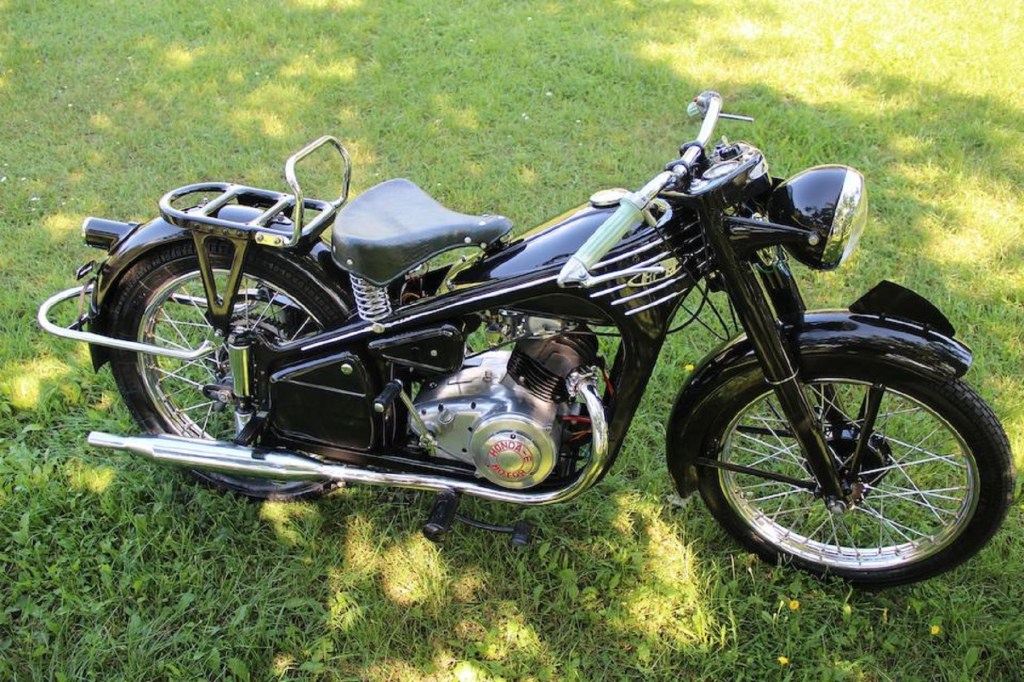
Over the years Honda improved the Dream ME, giving it larger engines, more gears, and different bodywork. By 1957 the ME had a 13-hp 250cc single-cylinder engine and a 4-speed transmission, Mecum reports. And it was at this point that contemporary critiques thought that Honda was “in a class with the rest of the world’s motorcycle makers,” the National Motorcycle Museum reports.
After the Model E came the very short-lived Model F, aka the MF350, RideApart reports. Although it looked very similar to the Dream ME, the MF350 was the first Honda motorcycle with electric turn signals, Bonhams reports. Plus, it features an improved front fork design and a modern-style ‘ram-air’ air intake system.
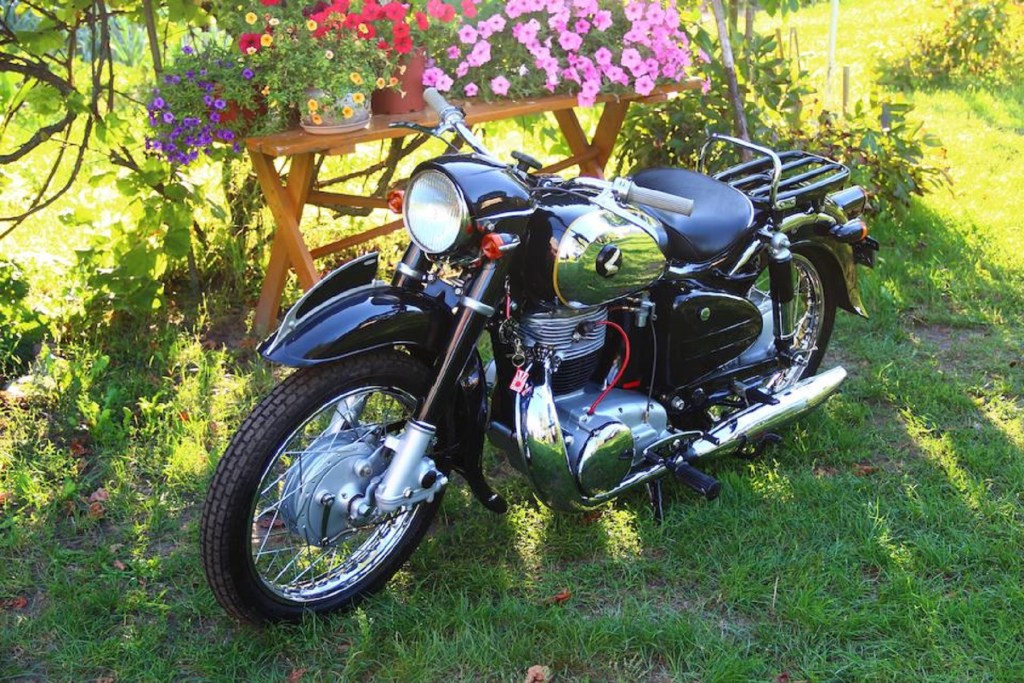
However, none of these models were ever officially imported to the US. That changed in 1959 when Honda brought over the two-cylinder 305cc CA76 and 247cc CA71 Dream. But it would their replacement, the CA77 Dream, that would have the bigger impact, the National Motorcycle Museum reports.
The Honda CA77 Dream carried the name forward in durable style
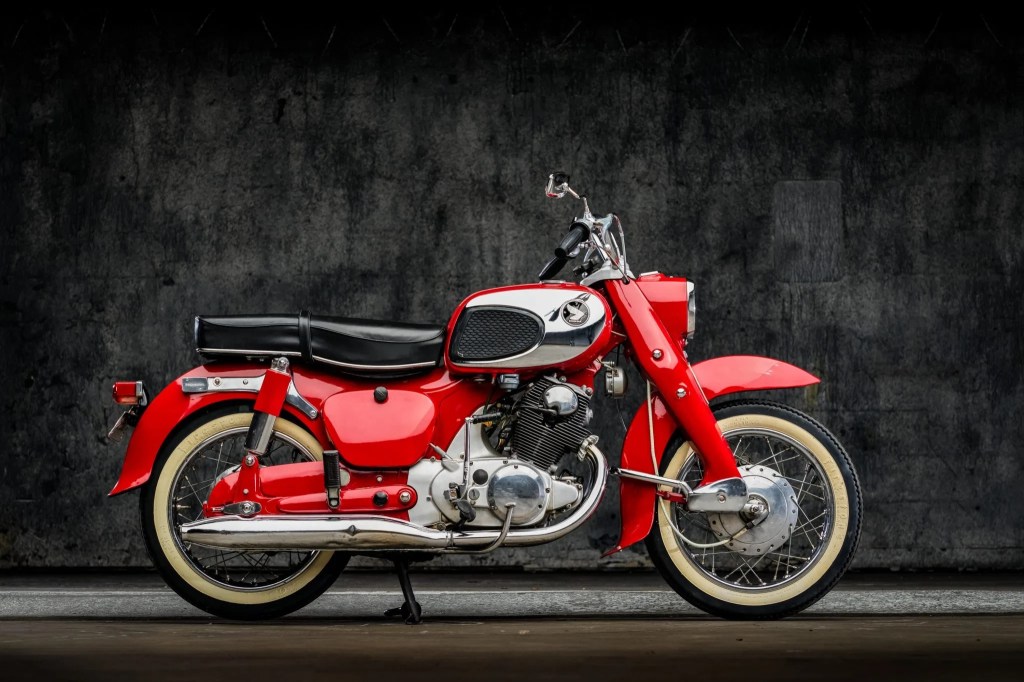
Released in 1960, the Honda CA77 Dream has a 305cc air-cooled parallel-twin engine rated at 24 hp, Motorcycle Classics reports. The engine acts as a stressed member of the frame and sends power to the rear wheel via a 4-speed manual. And, like the earlier Dreams, it has an enclosed chain drive, so dirt and grime don’t get in and splatter on the rider, Hagerty reports.
Mechanically, the 1960-1969 Honda CA77 Dream is fairly simple. It has one carburetor, front and rear drum brakes, and one gauge. However, unlike the earlier CA76 and CA71, it has a wet-sump system, which doesn’t require a separate oil tank, Mecum explains. And, unlike many motorcycles of the period, the CA77 Dream doesn’t have a kickstarter: it’s an electric-start bike, Bike-urious reports.
With its leading-link front suspension, the Honda CA77 Dream wasn’t exactly a ‘60s sportbike, Hemmings reports. But it, along with the hydraulic rear shocks, meant it rode comfortably even over poor roads. The CA77 Dream is also a fairly-light motorcycle: it weighs 372 pounds fully-fueled. And its engine is both economical and durable; some owners have put over 200,000 miles on them, Ultimate Motorcycling reports. Combined with the stylish design, it’s little wonder Elvis owned one, Scotty Moore reports.
Survivors are fairly affordable classics
Time and rust have taken more than a few Dreams over the years. However, these classic bikes still appear at auctions fairly often. And apart from some very heavily-restored examples, they’re not particularly expensive.
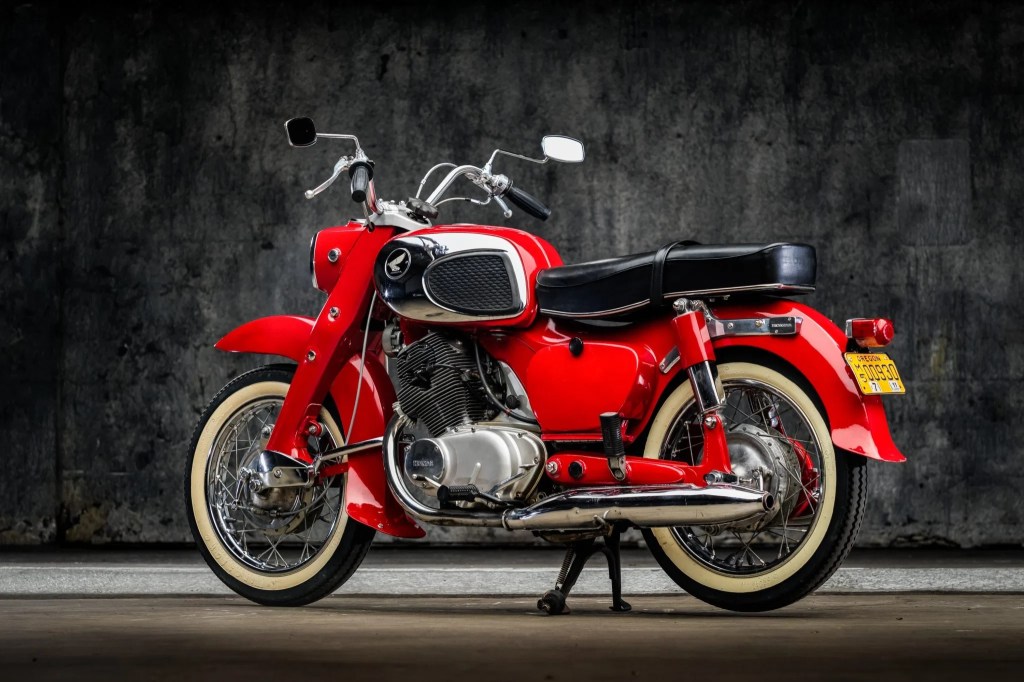
Even a pristine CA77 Dream is only valued at $10k, Hagerty reports. And on Bring a Trailer the average price is closer to $5000. As of this writing, there’s a 1967 example listed at $4100. So, you don’t have to shell out big bucks to live and ride the Dream.
Follow more updates from MotorBiscuit on our Facebook page.
